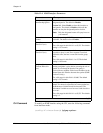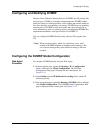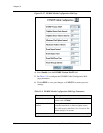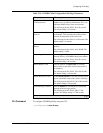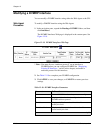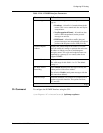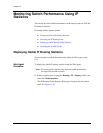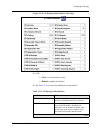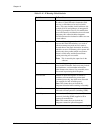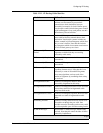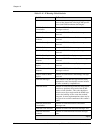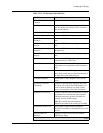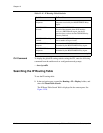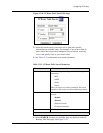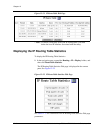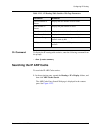
12-42 User Guide for the Avaya P580 and P882 Multiservice Switches, v6.1
Chapter 12
IP In Address Errors Number of input datagrams discarded because the
IP address in their IP header’s destination field
was not a valid address to be received at this
entity. This count includes invalid addresses (for
example, 0.0.0.0) and addresses of unsupported
Classes (for example, Class E). For entities that
are not IP Gateways and therefore do not forward
datagrams, this counter includes datagrams
discarded because the destination address was not
a local address.
IP Forward Datagrams Number of input datagrams for which this entity
was not their final IP destination, as a result of
which an attempt was made to find a route to
forward them to that final destination. In entities
which do not act as IP Gateways, this counter will
include only those packets which were Source-
Routed via this entity, and the Source-Route
option processing was successful.
Note: This is routed by the supervisor in the
software.
IP In Unknown Protocols Number of input datagrams discarded due to
errors in their IP headers. Such errors may include
bad checksums, version number mismatches,
other format errors, time-to-live exceeded, errors
discovered in processing their IP options.
IP In Discards Number of input IP datagrams for which no
problems were encountered to prevent their
continued processing, but which were discarded
(for example, for lack of buffer space).
Note: This counter does not include any
datagrams discarded while awaiting re-assembly.
IP In Delivers Total number of input datagrams successfully
delivered to IP user-protocols (including ICMP).
IP Out Requests Total number of IP datagrams that local IP user-
protocols (including ICMP) supplied to IP in
requests for transmission.
Note: This counter does not include any
datagrams counted in ipForwDatagrams.
Table 12-11. IP Routing Global Statistics
Statistic Defines the...
2 of 6



